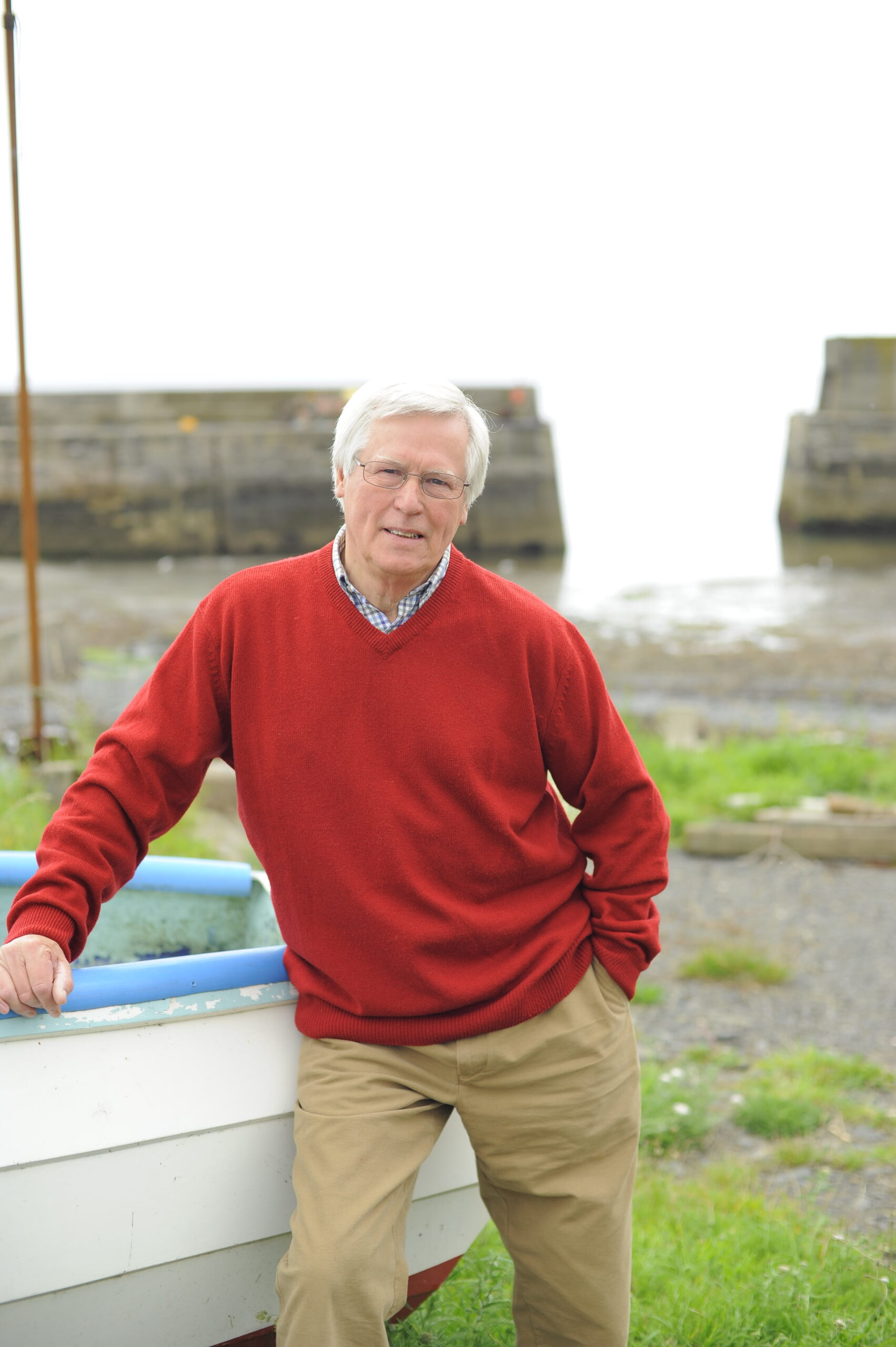In a sawmill on the Scottish Borders, a pioneering group of students who one day will have the future of our forests in their hands are learning the fine details of turning trees into planks. It’s part of their on-site training as the first apprentices in Britain to study for a degree in professional forestry.
With ages ranging from late teens to mid-40s, they will spend one week at university for every eight weeks in work placements around the country during the three-year course. Unlike other students, they get paid – £23,000 a year – but there are no long vacations.
Four hundred hopefuls applied for just 25 places on the course, created as the forestry industry struggles to cope with demands placed on it by ambitious Government targets for many millions more trees.
“Given the current skills crisis in the forestry sector, it’s hard to see how these targets will be met,” says Rob Hawkins of the Institute of Chartered Foresters. “There needs to be a campaign to raise awareness of the breadth of careers available in forestry. It offers highly skilled, technical, green jobs, far removed from the old lumberjack stereotype that sadly still persists.”
The industry employs around 10,000 people in its woodlands. That, it has been estimated, is about 7,000 short, if it’s to reach anywhere near the aim of 30,000 hectares of new plantations a year. Last year, the figure was only 13,850 hectares.
Playing a small yet vital role in the recruiting drive is the graduate apprentice scheme, which started last autumn and is run by the National School of Forestry at the University of Cumbria, with workplaces provided by the National Trust, the Forestry Commission and the Woodland Trust.
Because it’s not part of the national curriculum, many school leavers know little about forestry, but that didn’t deter 18-year-old Joe Bigden from Essex, the youngest apprentice.
“I grew up in a built-up area, which I loved, but I wanted to be closer to nature and invest my time in building a better environment for the next generation,” he told me. “Forestry lets me do that.”
Some of the older apprentices have gone through dramatic career changes. Charlie Heslop, 34, from Leeds, worked in management and she intended to switch to clinical psychology until forestry beckoned.
“You don’t need lots of prior knowledge and there’s scope for us to take something we have a passion for within forestry and run with it, which is amazing.”
Gareth Biggins, 41, quit a top job on the railways because he wanted a new challenge. He spent six months working in woodland with a wildlife trust before applying for an apprenticeship. He says: “What else would offer me the opportunity to get a degree and tactical experience and be paid at the same time?”
Several other schemes have been launched to create more forestry jobs. A huge task lies ahead: just 13% of UK land is covered by trees and, in the quest for net zero, the target is 16.5% by 2050. That’s the challenge that will face Joe, Charlie, Gareth and hopefully thousands more who will see forestry as an important sustainable industry as well as a beautiful, carbon-catching provider that could help save the world. They are certainly needed.



